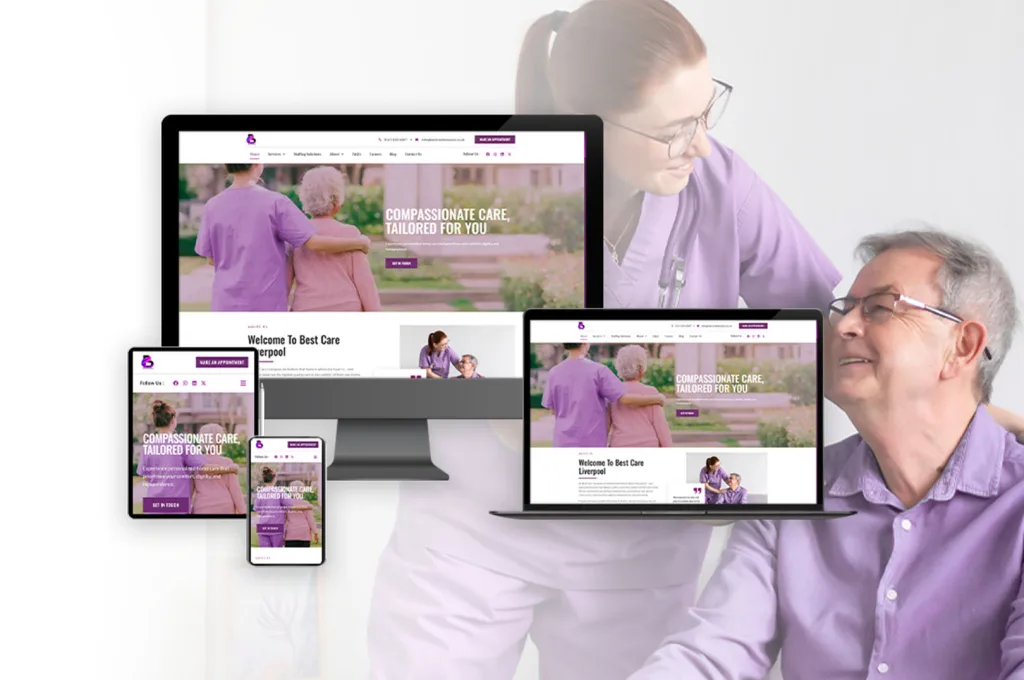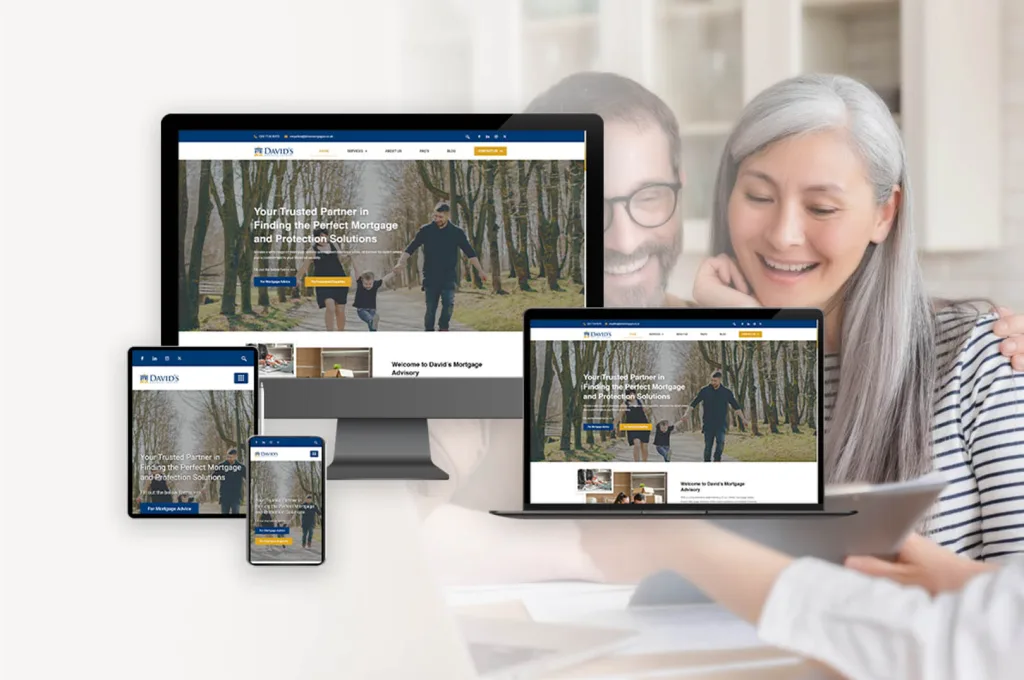Celebrating Excellence: Our Recognition in the TopWeb.LK Competition
Celebrating Excellence: Our Recognition in the TopWeb.LK Competition

We are thrilled to share the exciting news that our team has been awarded in the prestigious April 2023 edition of the TopWeb.LK competition. This recognition is a testament to our relentless dedication and commitment to delivering outstanding online experiences to our valued users. We would like to express our heartfelt gratitude to TopWeb.LK for organizing this competition and for acknowledging our efforts with this esteemed award.
The path to this achievement has been paved with unwavering dedication and a relentless pursuit of excellence. Our team of talented professionals has worked tirelessly, pouring their creativity and expertise into every project, ensuring that our users have access to remarkable online experiences. This award is a validation of the countless hours we have devoted to crafting user-friendly interfaces, intuitive designs, and engaging content.
We would be remiss not to extend our sincere appreciation to our esteemed clients. It is their trust in our abilities and their unwavering support that has allowed us to be part of their online journey. We are grateful for the opportunity to collaborate with them, understanding their unique needs, and translating them into captivating digital experiences. This award is as much a reflection of our clients’ vision as it is a testament to our team’s expertise.
As we celebrate this significant milestone, we want to assure our clients and users that our commitment to providing exceptional service remains steadfast. This award serves as an inspiration to continue pushing boundaries, exploring innovative solutions, and setting new benchmarks in the digital landscape. We pledge to surpass expectations, delivering even more outstanding online experiences that leave a lasting impression.
FEATURED POSTS
-
 Elegant Shines at BestWeb.LK 2025 with 4 Prestigious Awards
Elegant Shines at BestWeb.LK 2025 with 4 Prestigious Awards -
 Why Every Bakery Needs a Professional Website
Why Every Bakery Needs a Professional Website -
 Why Yoga Instructors or Yoga Institutes Should Have a Professional Website
Why Yoga Instructors or Yoga Institutes Should Have a Professional Website -
 How a Mobile Friendly Website Can Boost Your Sales
How a Mobile Friendly Website Can Boost Your Sales -
 ELEGANT Launches New Website for Best Care Liverpool
ELEGANT Launches New Website for Best Care Liverpool -
 ELEGANT Launches New Website for David’s Mortgage Advisory Ltd with a Fresh, Professional Look
ELEGANT Launches New Website for David’s Mortgage Advisory Ltd with a Fresh, Professional Look
Celebrating Excellence: Our Recognition in the TopWeb.LK Competition Read More »












